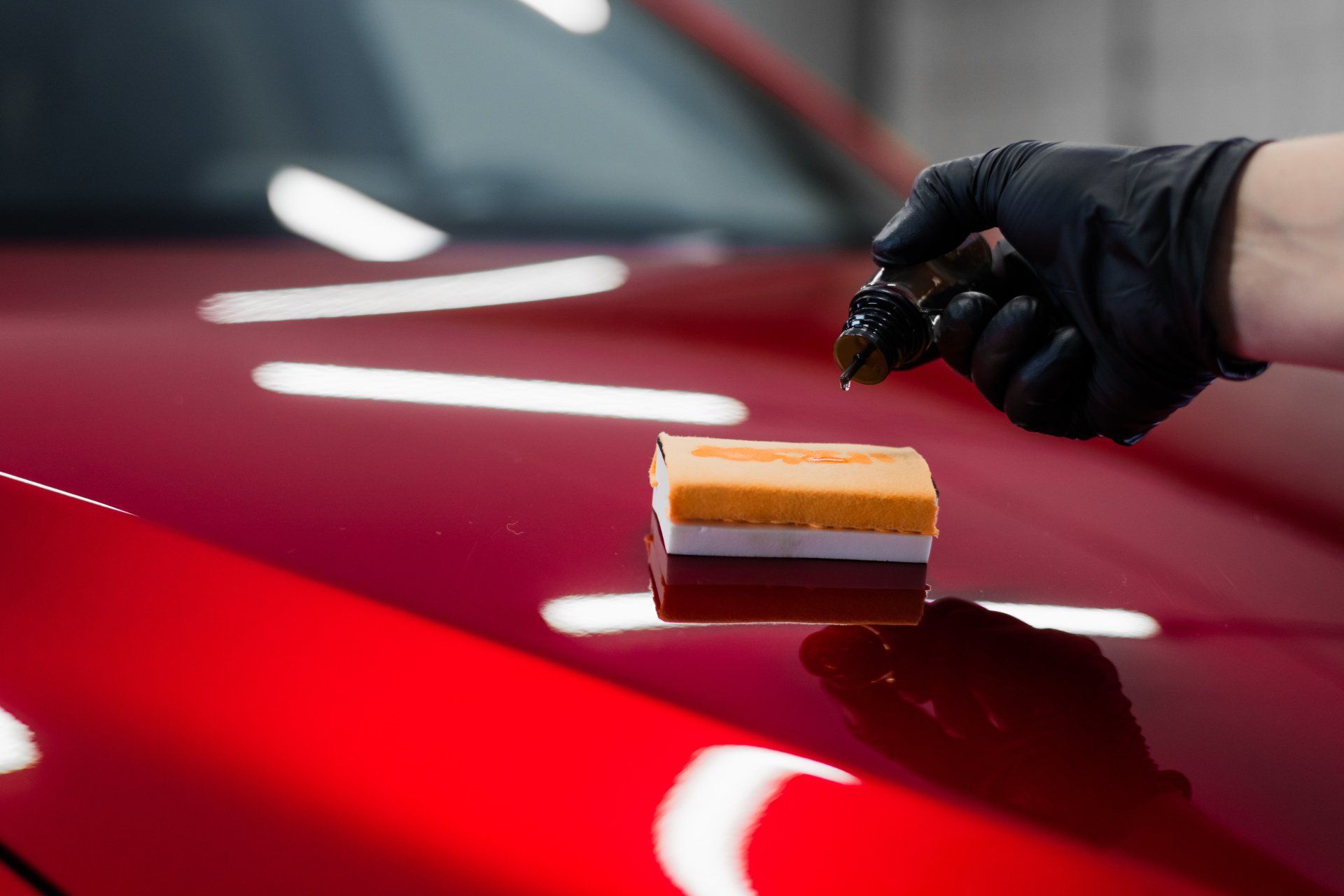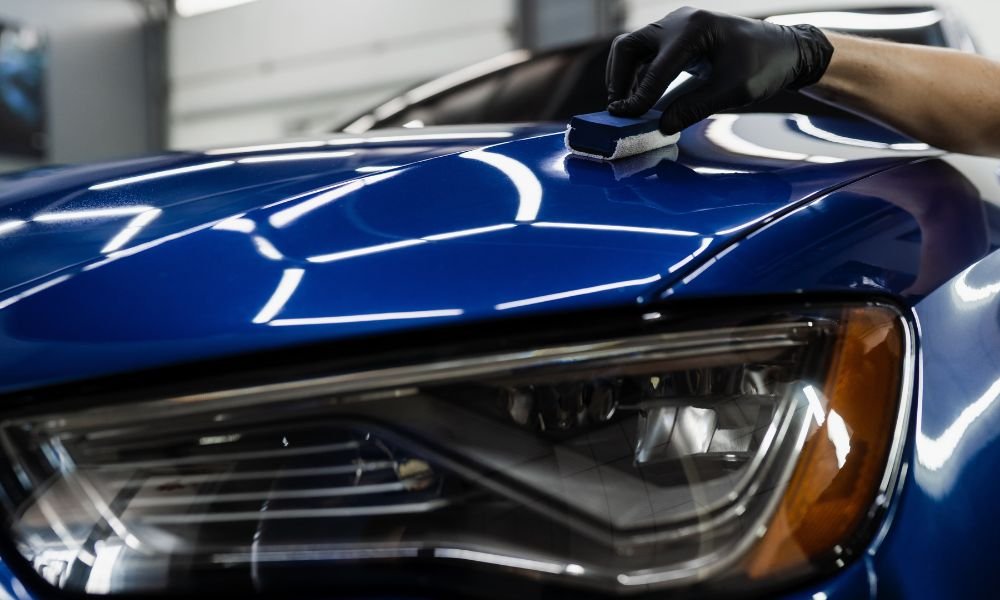Experience affordable scratch repair Sarasota for a restored vehicle finish.
Experience affordable scratch repair Sarasota for a restored vehicle finish.
Blog Article
A Comprehensive Guide to the Sorts Of Ceramic Layer on the marketplace
Ceramic coatings have actually arised as a pivotal option throughout numerous industries as a result of their distinct residential or commercial properties and applications. From silica-based formulas known for their robustness to hybrid options that combine numerous advantages, the choices readily available can be overwhelming. Understanding the subtleties of each kind, including their specific benefits and optimal use instances, is necessary for making informed choices. As we check out the unique features and applications of these layers, the ramifications for efficiency and long life end up being significantly obvious, questioning regarding which type could best suit your needs.
Comprehending Ceramic Coatings
Ceramic finishings are advanced protective services that have actually acquired popularity in numerous markets, specifically in automotive and aerospace applications. These finishings include a liquid polymer that, when treated, develops a resilient, hydrophobic layer externally of the substratum. This layer offers improved resistance to environmental contaminants, UV radiation, and chemical direct exposure, thereby extending the life and visual appeal of the underlying material.
The basic element of ceramic finishes is silica, which adds to their solidity and longevity. The application procedure typically entails surface prep work, application of the layer, and treating, which can be accomplished through heat or UV light. Once healed, ceramic coatings exhibit extraordinary bonding residential or commercial properties, enabling them to stick highly to a selection of surfaces, consisting of metals, plastics, and glass.
In addition to their protective features, ceramic finishings likewise use ease of maintenance. Their hydrophobic nature decreases the adherence of dirt and gunk, making cleaning less complex and much less constant. On the whole, the adoption of ceramic finishes represents a significant development in surface protection modern technology, providing both useful and visual advantages across multiple markets.
Sorts Of Ceramic Coatings
Different kinds of ceramic layers are readily available, each designed to meet particular performance requirements and applications - Car Detailing. One of the most usual types consist of:
Silica-based Coatings: These finishes mostly contain silicon dioxide and are known for their durability and chemical resistance. They are widely made use of in automotive and industrial applications.
Titanium Dioxide Coatings: Popular for their photocatalytic residential properties, titanium dioxide finishings are typically used in environments where self-cleaning and antifungal properties are preferable, such as in structure products and automotive surfaces.
Zirconia Coatings: Characterized by their high-temperature security and thermal resistance, zirconia finishes are used in applications such as turbine engines and high-performance automotive parts.
Alumina Coatings: Showing excellent firmness and thermal stability, alumina finishes are often made use of in wear-resistant applications, including reducing tools and commercial equipment. - Auto Detailing
Crossbreed Coatings: Incorporating the residential properties of numerous materials, crossbreed finishes provide enhanced efficiency qualities, making them appropriate for distinct and demanding applications.
Each type of ceramic finish serves distinctive objectives, enabling customers to select one of the most appropriate service based on certain environmental conditions and efficiency requirements.
Benefits of Ceramic Coatings
Ceramic finishings, in specific, deal various advantages that make them significantly popular among suppliers and customers alike. These layers are resistant to scratches, chemicals, and UV rays, guaranteeing that the underlying surface continues to be safeguarded over time.
Along with longevity, ceramic layers supply excellent hydrophobic properties, permitting very easy cleaning and maintenance. This water-repellent nature lessens the adherence of dirt, grime, and other contaminants, which can extend the aesthetic allure and functionality of the surface. Additionally, ceramic finishings can significantly improve thermal resistance, making them excellent for applications that withstand high temperature levels.

Application Process
When applying ceramic coatings, a precise method is vital to accomplish optimum outcomes. The application procedure commonly begins with thorough surface area prep work. This includes washing, decontaminating, and brightening the surface area to eliminate all contaminations, including dirt, grease, and prior waxes or sealers. A clean surface area guarantees correct bond of the finish.
Once the surface is prepped, the following action is to apply the ceramic finishing. The finishing should be applied in slim layers, as thicker applications can lead to unequal finishes.
After application, the covering calls for a specific treating time, typically varying from a couple of hours to a full day, depending on the product. Following these steps diligently will take full advantage of the efficiency and durability of the ceramic finish, offering a durable protective layer for the surface.
Maintenance and Durability
To ensure the longevity and performance of a ceramic finish, routine upkeep is crucial. Ceramic coverings, recognized for their resilience and protective qualities, need specific care routines to optimize their life expectancy and efficiency. The initial action in maintenance includes routine cleaning with pH-neutral soap, staying clear of severe chemicals that can deteriorate the covering. It is advisable to clean the car consistently, preferably every two weeks, to stop the buildup of impurities that could compromise the finishing's integrity.
Along with regular cleaning, periodic evaluations are critical. Seek indications of wear or damage, such as hydrophobic properties decreasing or surface blemishes. If required, a light polish may be related to rejuvenate the finishing without removing it away.
Furthermore, the application of a booster spray can improve the layer's hydrophobic effects and recover its gloss. This is specifically useful for coatings that have actually been in use for an extensive period. Inevitably, by adhering to these maintenance techniques, one can significantly expand the Going Here life of a ceramic layer, guaranteeing that it remains to provide optimal defense against ecological aspects and maintain the aesthetic appeal of the vehicle.
Conclusion

Report this page